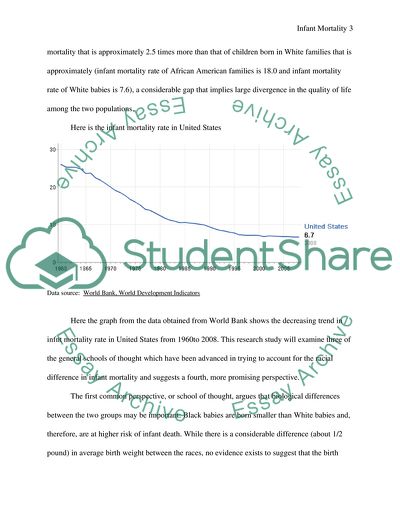Cite this document
(Infant Mortality in the United States Research Paper, n.d.)
Infant Mortality in the United States Research Paper. https://studentshare.org/social-science/1735859-demographic-term-paper
Infant Mortality in the United States Research Paper. https://studentshare.org/social-science/1735859-demographic-term-paper
(Infant Mortality in the United States Research Paper)
Infant Mortality in the United States Research Paper. https://studentshare.org/social-science/1735859-demographic-term-paper.
Infant Mortality in the United States Research Paper. https://studentshare.org/social-science/1735859-demographic-term-paper.
“Infant Mortality in the United States Research Paper”. https://studentshare.org/social-science/1735859-demographic-term-paper.


